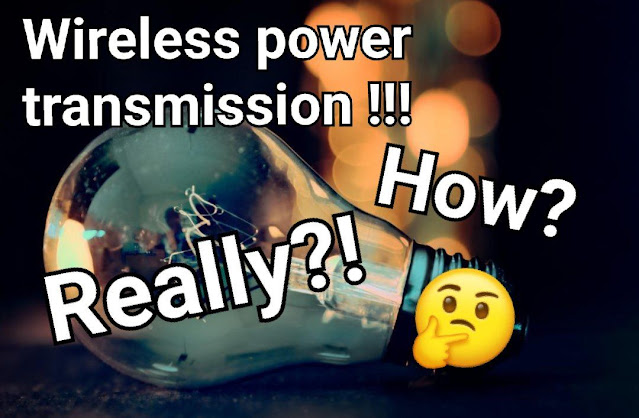 |
| Picture for representation only |
A team of researchers from Sejong University in South Korea have successfully used infrared light to wirelessly transmit power over a distance of 30 metres. While testing the wireless laser charging system, the researchers safely transmitted 400 mW of light and used it to power an LED light.
“We could use this technology to supply wireless power to IoT sensors in smart homes or digital signage (displays) in big shopping centres and other locations,” Jinyong Ha, who led the study, told. Ha also envisions industrial applications of this technology in locations where the use of wires could pose safety hazards.
The system developed by the researchers consists of a transmitter and a receiver. When both are within line of sight of each other, they can be used to deliver light-based power. But the system goes into a power-safe mode where it stops transmitting energy if an obstacle comes between the transmitter and receiver. This is intended to minimise risks associated with the system.
The transmitter has an erbium-doped fibre amplifier (EDFA) power source that has a wavelength of 1,550 nm. As per the researchers, this wavelength range is safe and poses no danger to human eyes or skin at the intended power level. EDFA was first invented in 1987 and is commonly used to compensate for the loss of signal during long-range fibre-optic transmission.
The receiver unit comprises a photovoltaic cell and a spherical ball lens retroreflector that helps decrease the scattering of the light emitted by the transmitter and focuses it on the photovoltaic cell for maximum efficiency. The researchers found that the system’s performance was heavily dependent on the refractive index of the ball lens and that a refractive of 2.003 was the most effective.
During experimental testing, the transmitter could provide an optical power of 400mW over a distance of 30 metres. The 10 by 10-millimetre receiver’s photovoltaic cell was able to convert the light energy into 85 mW of electrical power, which was used to power an LED. The researchers also demonstrated the safety of the system by placing a human hand in between the transmitter and receiver. At this point, the system went into a low-power mode where it produced a low-intensity light so that it doesn’t cause any harm.
“The efficiency can be much improved. As we now use 1,550nm wavelength light, we have low efficiency of a PV cell (GaSb). If we use an approximately 900 nm infrared light, the efficiency can be improved by 40 per cent,” Ha said. Currently, the photovoltaic cell is made out of gallium arsenide (GaAs). This can be switched out for other materials that will be more effective at different wavelengths to increase efficiency.
The team is now working on increasing the efficiency of the system and scaling it up so that it can be used for IoT sensors in smart factories before the technology finds other applications.
MORE: